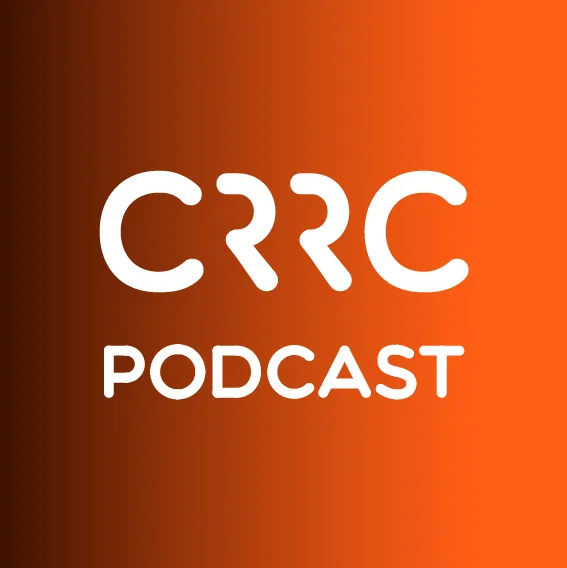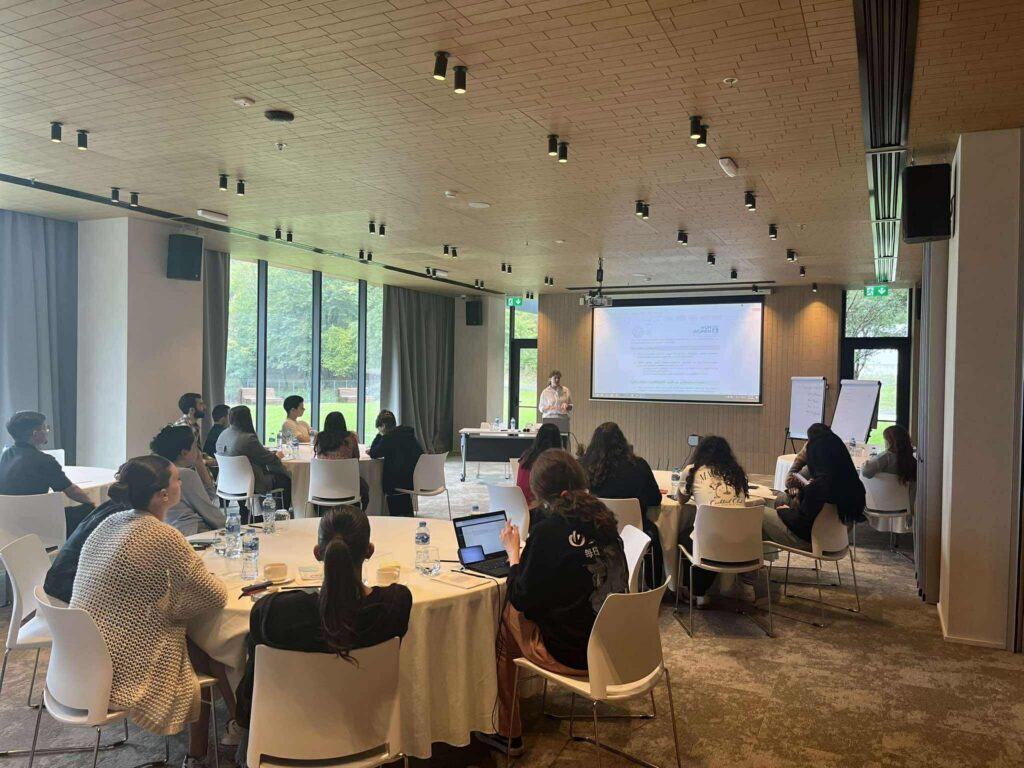During the last two decades, Georgia has created new government institutions designed to serve as the tools and safeguards of democracy. But do Georgians believe that these institutions live up to their mission statements? How much do Georgians trust government institutions, and which factors influence the public’s attitudes toward them?
A look at the data from the Data Initiative (DI) over the last three years (2007–2009) shows how the level of trust in government institutions may be related to the political crises and external threats to the country, as well as to the personalities representing these institutions.
For example, the public’s trust in President Saakashvili has experienced a significant increase, especially after the 2008 August war. Combining the “fully trust” and “somewhat trust” categories shows that the percentage of the respondents who trusted the President rose from 32 percent in 2007 to 51 percent in 2008 and remained nearly the same in 2009. Moreover, combining the “somewhat distrust” and “fully distrust” categories reveals that the number of those who distrusted him dropped from 37 percent in 2007 to 18 percent in 2009 (see Figure 1). Such changes could perhaps be linked, firstly, to the events that led to the November 2007 political crisis and, secondly, to the 2008 war and the rise of external threats to the country in the subsequent years. (The DI surveys were conducted in a period of around two weeks, between September and November of the respective years.)
Figure 1: Trust in the President.

Second, the level of trust in the Ombudsman was the highest when this institution was headed by a very popular personality, Sozar Subari (see, for example, Bahrampour, “Georgia’s Counterweight to Power,” Washington Post, July 24, 2009). The level of trust in the Ombudsman rose from 36 percent in 2007 to 58 percent in 2008, while the percentage of those who distrusted this institution fell to seven percent.
When Subari was replaced in September 2009, however, the public’s trust in the Ombudsman’s institution took a reverse turn, dropping by almost a third. While the level of distrust in this institution remained the same, the number of the respondents who trusted the Ombudsman dropped from 58 percent to 40 percent (see Figure 2).
Figure 2: Trust in the Ombudsman.

Unlike the President and the Ombudsman, the levels of trust in the Parliament and the executive government (the Prime Minister and ministers) were lower, perhaps attributable to the lower degree to which most MPs and cabinet members are perceived to be politically independent figures. The level of trust in the Parliament, for example, rose significantly from 19 percent in 2007 to 34 percent in 2008 and remained the same in 2009. Meanwhile, the number of the respondents who distrusted the Parliament dropped from 44 percent in 2007 to 26 percent in 2009 (see Figure 3). The figures in each category of trust in the executive government were nearly the same as that of the Parliament.
Figure: 3: Trust in the Parliament.

Overall, these snapshots show that the public’s trust in government institutions was the lowest in 2007, which coincides with an acute political crisis in Georgia. However, after the 2008 war, the levels of trust grew and, with the exception of the Ombudsman’s institution, remained relatively high compared with the previous years.
You can access the DI dataset here to analyze the public’s trust in other institutions and make comparisons with Armenia and Azerbaijan.







